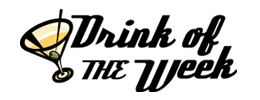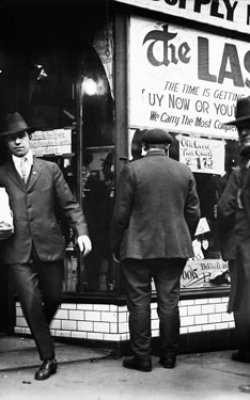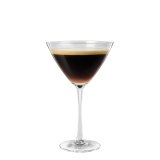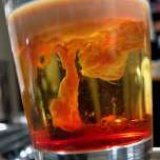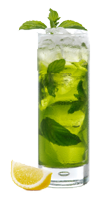Ken Burns, the amazing documentarian who brings American history alive in his documentaries on such diverse subjects as the Statute of Liberty, the Civil War, baseball, jazz and the national parks, tackles Prohibition. In our opinion, Prohibition was one of the darkest periods in American history when patronizing moralists outlawed alcohol in a backlash against immigrants and the working class. The 18th amendment was only the second amendment that stripped Americans of their rights (I wouldn’t argue with the first which was the outlaw of slavery in the United States) and in doing so, made a mockery of the United States, ruined businesses across the nation and turned everyday Americans into criminals. Not only that, the roots of the modern-day mob, income tax and the byzantine structure governing alcohol sales are inextricably connected to the rise of Prohibition. Clearly, you can see where we stand on Prohibition (but, what would you expect, we run an online magazine dedicated to booze).
Starting October 2, PBS is running a three-part series on Prohibition exploring how America went from being a “nation of drunkards” to the passage of Prohibition and its eventual repeal. Despite the fact that most Americans were not in favor of Prohibition, it was passed by Congress and the states and the 18th amendment went into effect in January 1920. Interestingly enough, there were a number of exemptions in the Volstead Act (the name of the law implementing Prohibition) that favored the exact people who passed the law and a minor concession to the rest of the country. The main exemptions to the Volstead Act the allowance for possession and consumption of alcohol purchased prior to Prohibition (and certainly, the wealthy took advantage of this and built impressive cellars), used for religious purposes, found in medication (so all those super-alcoholic elixirs that members of the temperance movement loved remained legal) and home brewing of wine, beer and cider (at that point cider was one of the most popular drinks in rural America). Not surprisingly, bootlegging started at 12:01 am the day after Prohibition went into effect.
A majority of Americans also thought that Prohibition would only last a couple of years. To their dismay, it ended up lasting for almost 14 long years. During those 14 years, legitimate American breweries, wineries and distilleries were destroyed, never to rise again, even after the end of Prohibition. Entire professions were obliterated and didn’t start making comebacks until the late 1960’s and beyond (only in the last 10 years have cocktails started making a comeback on a national level). In addition to the decimation of entire industries, organized crime took root, violent crime escalated and the coffers of the American government were emptied as money that would have flowed to the government flowed to moonshiners, smugglers and criminals. There were very few pluses to Prohibition, in our opinion, the main one was the integration of men and women in speakeasies (before that, women were banned from most taverns and saloons). It wasn’t until December 5, 1933 that a grateful nation watched as the repeal of Prohibition finally occurred. We can only imagine how many people toasted this day with their favorite Champagne, beer or cocktail!
The rise and fall of Prohibition offers an interesting commentary on American society and the political system in the United States. The parallels to the divisions in modern America over social issues is strikingly similar to Prohibition. To learn more about Prohibition and its impact on American then and now, we recommend watching the PBS series Prohibition, read a short primer on Prohibition on Wikipedia or the well researched and brilliant book The Last Call by Daniel Orkney on Prohibition (one of the best written books on the period).
Photo courtesy of the Walter P. Reuther Library, Wayne State University.
